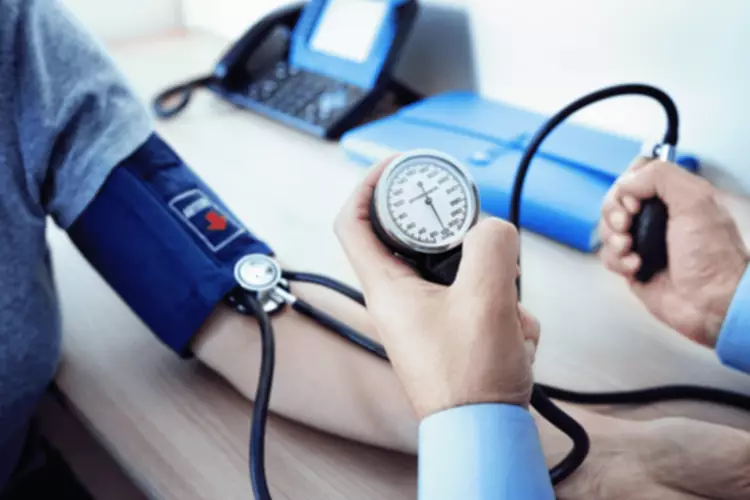In the NBA, all players are subject to four random tests per season, and the league conducts reasonable-cause testing. Similarly, in the NFL, players are tested up to three times per year at random. Surprisingly, in the MLB, players are only subject to the test within five days of reporting for spring https://ecosoberhouse.com/ training and one other test on a randomly selected date, in addition to random tests in and out of season. The frequency with which players are tested also varies greatly among professional leagues. In the NFL, all players are tested at least once per year, and the policy allows for targeted testing.
- The enabling processes and environments represented by systematic doping demonstrate a dynamic interplay with the multi-layered risk environment structured by anti-doping policies and cultural stigma.
- I felt more like a number, the numbers that I produced on the bike, you have all this data that you can record while you’re cycling, those numbers became kind of whether I was happy or not.
- Unfortunately, the Dietary Supplement Health and Education Act of 1994 allows many steroid precursors to be sold over the counter with minimal regulation.
- Prohibited stimulants, like methylhexanamine, that are often found in contaminated pre-workout supplements, as well as permitted stimulants, like caffeine, can both result in negative health effects if abused.
- However, steroids and its related hormones have visible side effects, especially when taken at higher than medically safe doses.
- At first sight, the finding of a higher prevalence of doping in Games compared to Artistic and CGS sports is surprising.
Risk and enabling environments in sport: Systematic doping as harm reduction
“But everyone else is doing it” might not be an argument a teenager is going to win with a parent, but in the case of professional athletes and PEDs, the argument is one that the sporting world should accept. In March of 2014, players and owners announced that PED penalties would increase to 80 games for a first violation and 162 games (or a full season, including the postseason) for a second violation; all suspensions are without pay. However, later that year, players and owners revised that agreement to say that first violations resulted in a 50-game suspension, Performance Enhancing Drugs second violations resulted in 100-game bans, and third violations earned lifetime bans. In 2011, players and owners agreed to have blood testing for HGH during spring training in 2012, and blood testing has since been implemented during the regular season. Out of the major professional sports, the MLB has perhaps the most interesting history of drug policies. In January of 2005, under pressure from Congress, the MLB and its players announced a new drug agreement, in which first offenses earned a 10-day suspension and fourth violations earned a one-year ban.

Peptide Hormones, Growth Factors, and Related Substances
Studies have revealed that males who read men’s, teenager, fashion, or health and fitness magazines were twice as likely to use a performance-enhancing substance to improve strength. Females wanting to look more like women in the media were more likely to use products that enhance their physiques. Adolescents who lift weights or play football were more likely to use creatine, amino acids, dehydroepiandosterone (DHEA), growth hormone, or anabolic steroids. The pediatric clinician must be aware of the use of performance-enhancing substances by pediatric patients; be prepared to identify risk factors, signs, and symptoms; ask screening questions; and offer anticipatory guidance related to their use. The reader should know that anabolic steroids are synthetic substances derived from testosterone and are also called anabolic-androgenic steroids (AASs) or just “steroids.” Steroid precursors also are used as performance-enhancing agents.
- In 2004, I was in the middle of the Tour de France, I did a transfusion, I’d given blood weeks before and it was getting reinfused back into me, and I think the red blood cells had gone bad.
- Demanding the same “energy” for everyone doesn’t consider individual differences and can disrupt optimal rhythm, interfering with successful execution and precision of a REP.
- Athletes are super motivated to do all they can to excel in competition.
- In general, it’s like, people have kind of come and told their truth or not told the truth and kind of moved on.
Survey Questions and Dissemination
Supreme Court is considering a case that questions the law’s precedence over state-level abortion bans. In the MLB, which strengthened its drug penalties in 2005, a player’s first PED violation leads to a 50 game suspension without pay. A second violation leads to a 100 game suspension without pay, and a third violation leads to a lifetime ban. However, violations of drugs of abuse are treated clinically first, rather than through suspension.
- This article will use secondary literature in order to review and analyse known cases of systematic doping through the risk and enabling environment frameworks.
- Most sports organizations attempt to ban the use of performance enhancing drugs, such as steroids, by athletes.
- Although adolescent athletes generally report negative attitudes toward doping, they sometimes admit that they would be willing to use PEDs to develop their professional athletic careers [22].
- Substance use research and policies have historically tended to focus on the individual and individual responsibility for risky behaviours (Rhodes, 2009).
EFFECTS OF PEDS: SARMS VIDEO TRANSCRIPT
- Ephedra was banned by the Food and Drug Administration in 2004 due to its numerous adverse effects, such as hypertension, weight loss, insomnia, anxiety, tremors, headaches, arrhythmias, strokes, and psychosis.
- Our findings thus suggest practical implications that may be used in doping-prevention efforts.
- This indicates that recreational athletes who played Games in 2019 were more prone to intentionally use prohibited performance-enhancing substances compared to recreational athletes from other sports categories (see Additional file 2 for details on the calculations).
- We conclude with a comparison of sport and non-sport responses to drug use and the potential outcomes of each approach.
- And it showed that they had faith in me and that they thought I had a future in the sport.
Even for the astute family physician, it can be difficult to identify patients who are using performance-enhancing drugs. But doping for sports isn’t one of the uses the drugs are approved for. The report recommends that all doctors receive training at undergraduate and postgraduate levels on the recognition and treatment of problems relating to drugs used in sport. Education is also urged for all elite and non-elite athletes on the effects of doping. The restricted access to many doping substances due to both sport and non-sport legal prohibitions in many places means doping athletes may also find it difficult to secure a safe supply of PEDs.
Anabolic Agents (Including Testosterone)
Exploring Topics in Sports: Why Do Athletes Risk Using Performance Enhancing Drugs?

Enhanced Games: audacious plan for sporting event without drug testing – The Guardian
Enhanced Games: audacious plan for sporting event without drug testing.
Posted: Sat, 24 Jun 2023 07:00:00 GMT [source]
